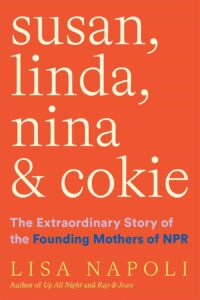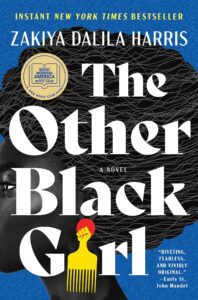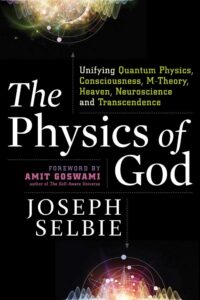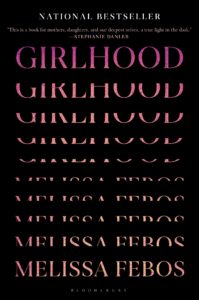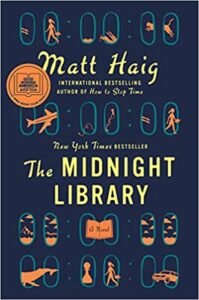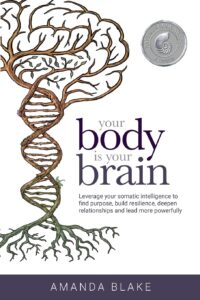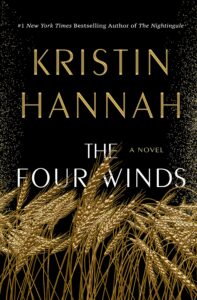Robin Wall Kimmerer
Nonfiction 2015 | 408 pages

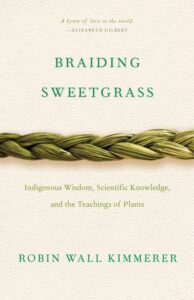
How sweet! I love the idea that anything alive is a being and not an “it.” A chair is an “it” … an apple is a “who.”
Braiding Sweetgrass is unlike any book I have read. Using the natural world as a vehicle for educating us about indigenous culture and history AND about how to protect, preserve, respect, and love the natural world in which we live, Kimmerer is an extraordinary teacher.
I was astounded at what I learned. Just a sampling: The Three Sisters … corn rises, beans weave themselves around the corn, and squash grows across the ground, protecting the soil. When these three are grown together, the yield is always higher than when they are grown separately. She uses this relationship to teach us about collaboration and cooperation.
And, lichen, a complex life form that is a symbiotic partnership of two separate organisms, fungus and alga, demonstrates the vitality of even the most simple life forms on our planet.
We learn about cedars, pecans, salmon, sweetgrass, maple syrup, asters, goldenrod, lilies, salamanders, Windigo, and much more on this simultaneously broad and deep exploration of the natural world. And she does it all with a writing style that is engaging and full of life. I particularly enjoyed the stories she tells of her students on field trips (Dr. Kimmerer is a professor at the SUNY College of Environmental Science and Forestry) during which young people get their hands dirty and learn native ways and vital ecological and environmental lessons.
Kimmerer’s philosophical stand is she wants us to take only what we need, and do so with respect and gratitude. She shows us over and over again how the indigenous people harvested only a percentage of plants, which assured their regeneration, protecting and growing the resources. She teaches us to actively protect and deeply respect our planet.
Braiding Sweetgrass is important to our education. It is best read slowly, a chapter here, two chapters there. Her messages need time to sink in. I recommend this book highly.
(Though this book decidedly earns four hearts, I will admit I struggled to conquer its length. Because I could not get my hands on a paper copy in a timely manner, I listened to an audiobook. I do not much care for audiobooks, so that probably was why I struggled. It is 16 hours and 44 minutes).
August 2021
![]()


